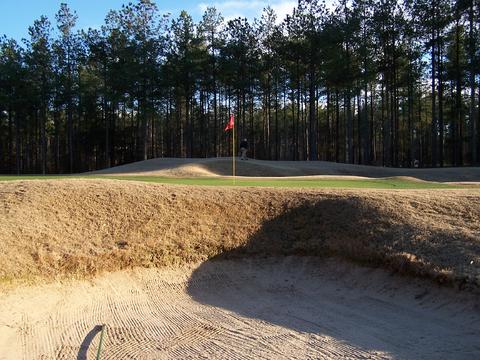January clearly is not the best month for golf equipment sales. It is still a few months before the season starts up north and a few weeks before the big golf show season begins with the introduction of new technology. That said, this past January was pretty much a disappointing one for pro shop sales, on a comparative basis.
Compared with January 2006, sales of all golf equipment and accessories was down across the board in both dollars and units, and not insignificantly so (according to a chart in Golf Business magazine whose source was Golf Datatech). Equipment sales in units fell between 10% and 12%, with balls down 9.7%. Dollar volume losses were more moderate in view of price increases across all lines, except for woods, whose prices dropped an average 4.8%, leading to an overall retails sales drop of 15.5%. With the new square Nike driver, the Sumo 2, recalled in mid-March for not conforming to USGA specifications, and no other drivers achieving break-through status, I may wait for a price drop on that Titleist 905R driver, the one Zach Johnson used at the Masters.
Golf Business, again courtesy of Datatech, published an interesting chart in its April issue. It displayed rounds played in January state by state compared with January 2006. The red numbers are across the board, with an average loss of rounds of 16.3% nationwide. Only Oregon, up just 1.5% in rounds played, and Connecticut, up an astounding 50%, were in the plus column. Every golfer in Connecticut must have scooted out to the courses the first week in January when the temperatures were well into the 50s and courses that had closed reopened for a few days. We took advantage of the weather surprise, and although the hairy, uncut greens putted like burlap, it was an unexpected treat to be able to play the day after New Years.
























